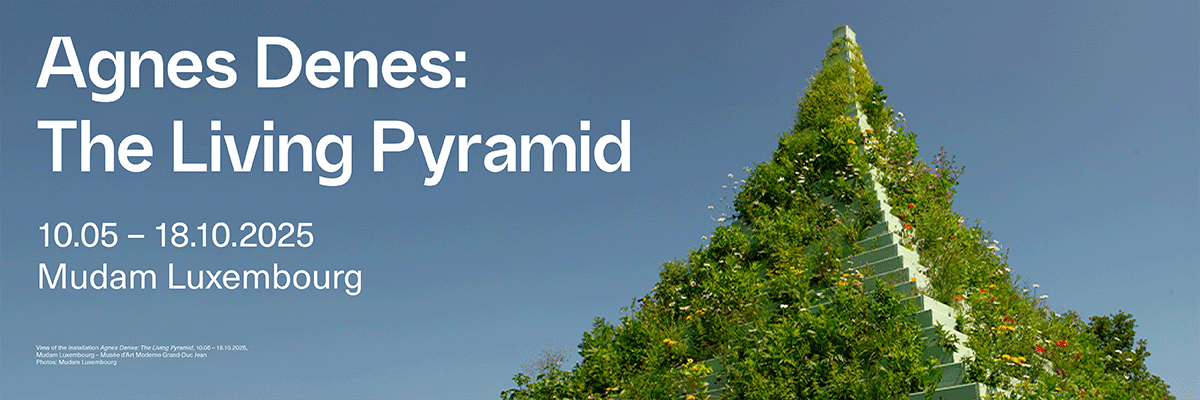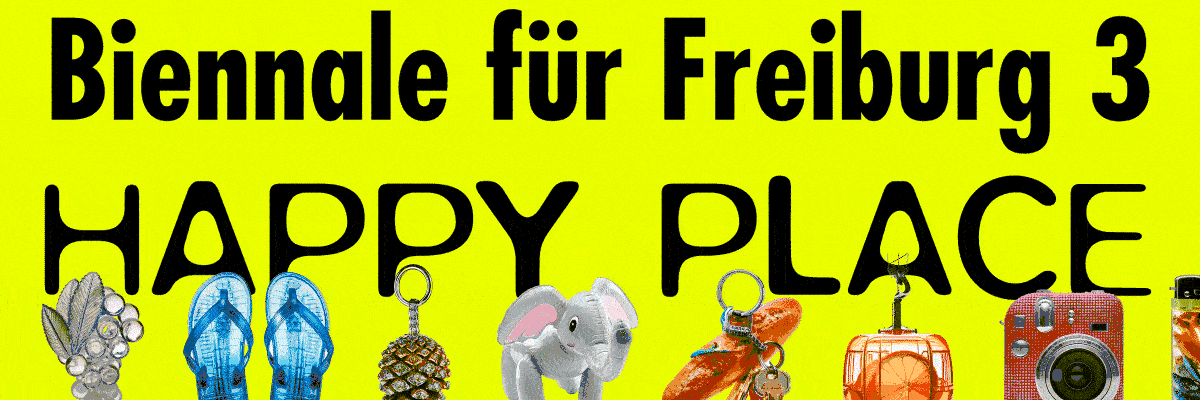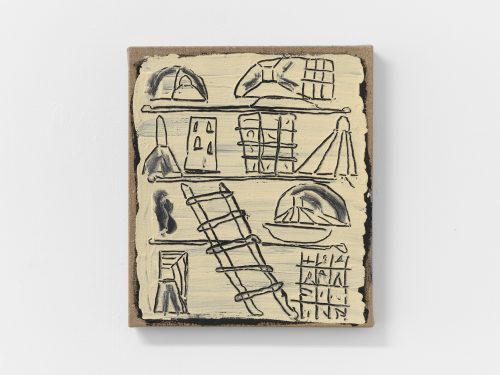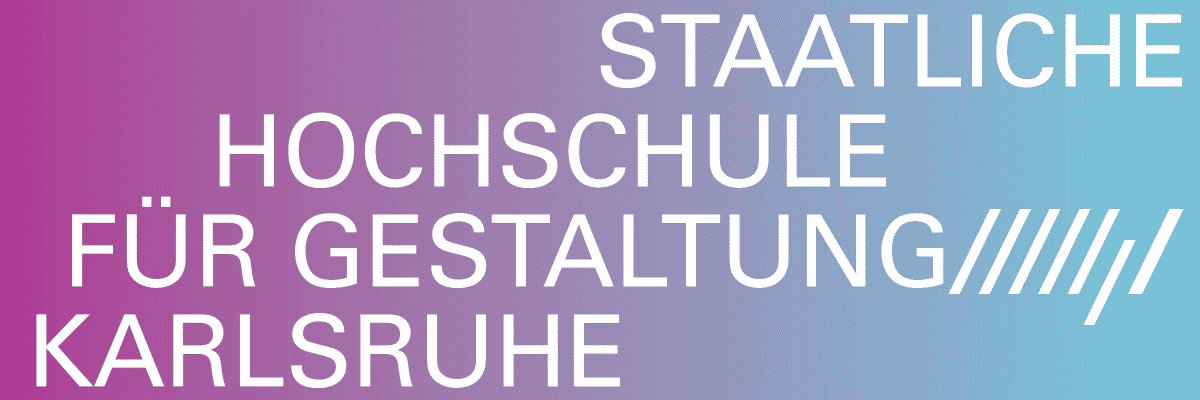
Ona Juciūtė and Laura Kaminskaitė
How I Walked Into the Room Through the Door
Project Info
- 💙 Editorial, Vilnius
- 💚 Edgaras Gerasimovičius
- 🖤 Ona Juciūtė and Laura Kaminskaitė
- 💛 Editorial
Share on

Ona Juciūtė & Laura Kaminskaitė, How I Walked Into the Room Through the Door , 2023. Exhibition view at Editorial
Advertisement

Ona Juciūtė & Laura Kaminskaitė, How I Walked Into the Room Through the Door , 2023. Exhibition view at Editorial

Laura Kaminskaitė , Kisses . 2021 - 2022. Ink, Indian ink on paper, 29.8x42.2 cm

Laura Kaminskaitė , Kisses . 2021 - 2022. Ink, Indian ink on paper, 29.8x42.2 cm

Ona Juciūtė & Laura Kaminskaitė, How I Walked Into the Room Through the Door , 2023. Exhibition view at Editorial

Ona Juciūtė & Laura Kaminskaitė, How I Walked Into the Room Through the Door , 2023. Exhibition view at Editorial

Laura Kaminskaitė , Cab Call , 2023. Neon tubing , 20x95 cm

Ona Juciūtė & Laura Kaminskaitė, How I Walked Into the Room Through the Door , 2023. Exhibition view at Editorial

Laura Kaminskaitė , Yellow , 2023. Giclée print on paper , 29.7x42 cm

Ona Juciūtė , Does and Dons, 2023. Calico , 3 pc. 80x40 cm

Ona Juciūtė & Laura Kaminskaitė, How I Walked Into the Room Through the Door , 2023. Exhibition view at Editorial

Ona Juciūtė & Laura Kaminskaitė, How I Walked Into the Room Through the Door , 2023. Exhibition view at Editorial

Ona Juciūtė , Simbas , 2023. Lightbox , 40x30x10 cm

Ona Juciūtė , Untitled , 2023. Alder veneer , 110x35x10 cm
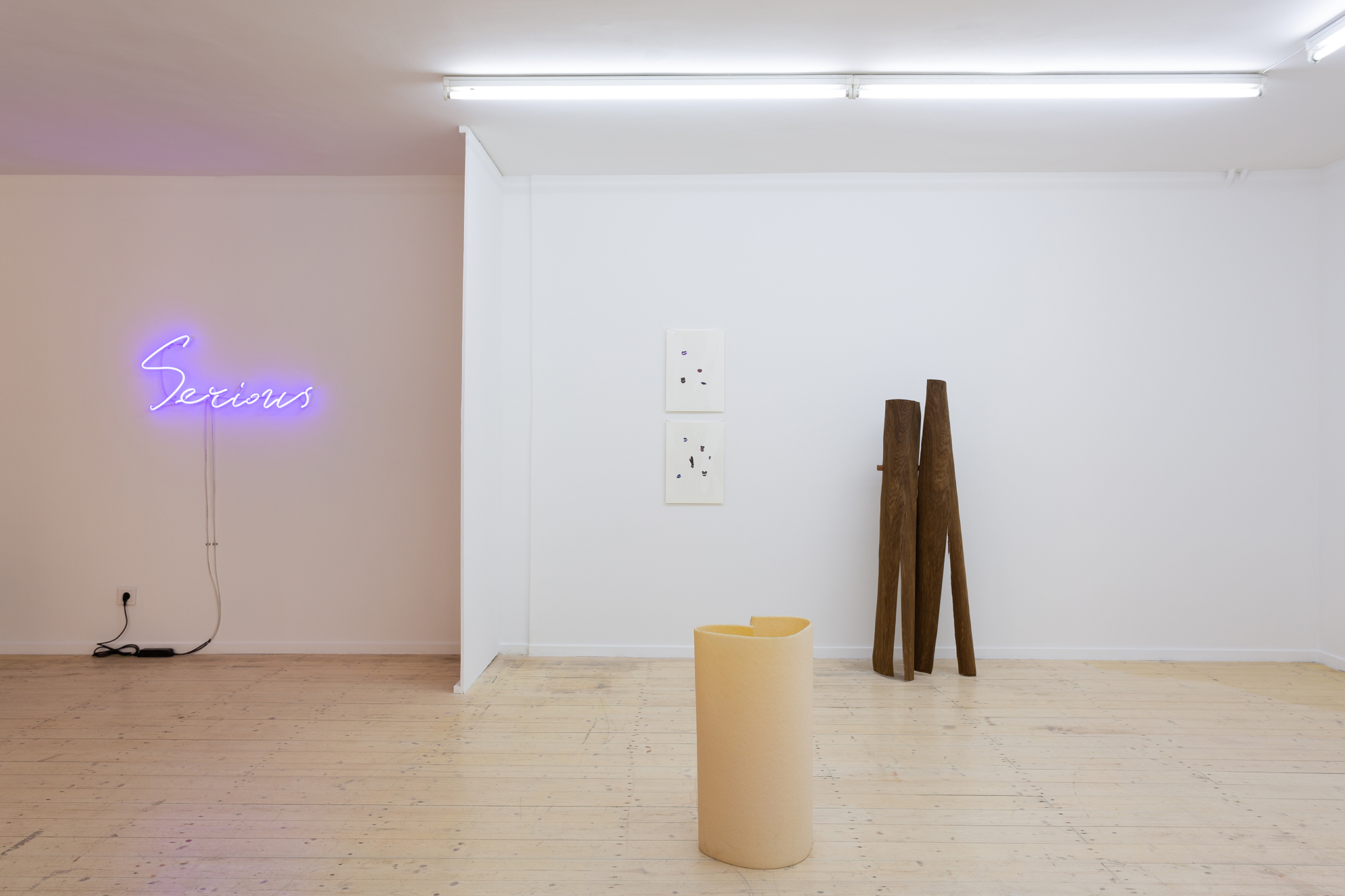
Ona Juciūtė & Laura Kaminskaitė, How I Walked Into the Room Through the Door , 2023. Exhibition view at Editorial

Ona Juciūtė , Maxi , 2023. Smoked oak veneer, mahogany wood , 140x30x35 cm

Laura Kaminskaitė , Serious , 2023. Neon tubing , 38x88 cm

Ona Juciūtė & Laura Kaminskaitė, How I Walked Into the Room Through the Door , 2023. Exhibition view at Editorial
Today is Friday, 26 May 2023, but it could easily be one of the days of late May 1999, the prelude to the last summer of the millennium, a summer that now barely emerges in our memories, a summer tormented by self-absorption, when the uneasy anticipation of an uncertain future stretched the days to infinity, at the same time insistently suggesting to take advantage of what might be the last opportunity to do nothing. Indeed, stepping through the imaginary portal of the millennia promised to have alarming analogue consequences: many of the electronic devices of the time, on which we increasingly relied in all areas of our lives, operated in the format of a two-digit year (99 meaning 1999); thus, in theory, with the first second of the new millennium, their systems should have reverted back to some obscure beginning—the year 00 or 1900. In other words, everything should have stopped working: public transport timetables disrupted, mobile phones erasing newly received information as obsolete, factories producing only expired products, and taxi dispatchers burning out from calls about cars not showing up or passengers not waiting for a ride.
In 1999, we were teenagers and we genuinely wanted to witness Pandora’s box opening and the world beginning to fall apart. And it was not because we had been opposed to the system since childhood—we were rather just excited to be part of a film that we knew so well from our TV screens, a film permeated with action, smelling of melting microchips, and, as we had already learned, destined to end well anyway. Of course, this ending never came, because it soon became clear that there was not even a beginning. The millennium portal closed, people only thought they could have had spent that previous summer more productively, and the countries that had invested the most money in protecting their computer systems realised to have won and lost just as much as the countries that had invested a sheer zero.
The exhibition How I Walked Into the Room Through the Door by Ona Juciūtė and Laura Kaminskaitė has something in common with the power of events that never actually took place to leave lasting traces in our lives. The show can be imagined as a situation (or a device?) for the events that did not happen to continue indefinitely, where individual works—drawings, texts, light inscriptions and objects—become the circumstances of this situation and the instigators of our expectations. After all, every exhibition holds the promise of transforming the space and time in which it takes place into something more, something that has never existed before. Similarly, the established values of objects are inevitably distorted in the face of big endings. How I Walked Into the Room Through the Door merges these two situations of change in the value of objects, but offers neither a clear beginning nor an end; thus, these situations turn the exhibition into a never-ending event generating forms and meanings.
In Juciūtė’s works, this manifests as a kind of transmutation—the transformation of familiar objects into other familiar objects. However, the artist stops this process of transformation of the objects’ form and purpose at the moment when one object or material loses part of its function and fills up with the signs of another object’s production—an object that seemingly has little in common with the first one. This confusion of symbolic and usage value gives birth to objects-chimaeras: two maxi-length skirts made of smoked oak veneer and seemingly sewn from oversized jeans, or sheets of rubber Clark's shoe soles resembling cross-sections of a giant hollowed-out ancient bone and clumsily echoing the lightbox on the wall behind the room, which in turn advertises a shoe made from a dog treat, corresponding to the realistic size of the human foot. These objects are so clearly dependent on us, so clearly asking for something, that one can even feel what it is like to trample the ground with Clark's dog treat soles. Once you stop thinking of these artworks in terms of the words and images from the realm of magic—which they so easily put into our minds and mouths—you can tell that they are simply very lightly worked traditional materials, almost always available in most DIY stores. However, the uncomfortable corporeality of the works become hard-to-clean residues in the everyday experience of objects.
Kaminskaitė's neon inscriptions, drawings and texts rely on the reorganisation of the conventions of the exhibition as a distinctive genre that both reflects on reality and creates it. The exhibition space works as a refuge from the scenography of the city’s signs that constantly informs the artist's work, but, at the same time, it is also a carefully considered environment that redistributes the flow of meanings of individual works, shapes, colours, words and textures back beyond the exhibition. The lilac light sign that greets visitors, Serious, as if anticipating the rest of the exhibition, appropriates the seriousness of the other works and again distributes it in the form of a question—"serious?" (how, why, where, when—up to you to choose). The order of the city's signs is embodied by a neon taxi number; and looking at these digits, nervously signalling a strange, exotic emptiness with their white light, it becomes easy to think back to the recent past and imagine that a few decades ago we were in the future more than we are today. This emptiness provides space for the feeling of security when, for a brief moment, you hand over the responsibility for the journey to the driver and the intensity of the city's signboards dilutes freely with the reflections in the glass of the passenger window. The relationship between abstraction and concreteness, alienation and almost frivolous playfulness in Kaminskaitė's works never becomes a fiction, but remains a performative, reality-thickening process of signification.
– Edgaras Gerasimovičius
Ona Juciūtė is a Vilnius-based artist, curator and scenographer. She has held solo exhibitions at the Editorial project space in Vilnius and the Contemporary Art Centre Derry~Londonderry in the UK. She has also presented her work in group exhibitions at the MOCAK Museum in Krakow, Contemporary Art Centre in Vilnius, the parallel programme of the Istanbul Biennale, National Gallery of Art in Vilnius, Kaunas Artists’ House, and several other art institutions in Vilnius, including Atletika Gallery, Rupert Gallery, and the Swallow project space. Juciūtė has participated in the residency programmes AIR Niederosterreich in Austria, Stiftung Kuenstlerdorf in Germany and Diyalog Istanbul in Turkey. In 2021, her sculptures were incuded in the permanent collection of the Kiasma Museum of Contemporary Art in Helsinki. She is the recipient of the JCDecaux Prize 2016 as well as the prize established by the American artist of Lithuanian origin Aleksandra Kasuba. Ona has created scenography works for the National Drama Theatre and the Youth Theatre in Vilnius. Besides her personal creative practice, she also teaches sculpture at the Vilnius Academy of Arts and is co-curator of the JCDecaux Prize exhibition since this year.
Laura Kaminskaitė is a Vilnius-based artist who creates invisible events through objects and language, evoking exhibitions, scenarios, and narratives in the minds of the viewers, readers, and listeners. Kaminskaitė has recently exhibited her works in solo exhibitions, including Double Double, Contemporary Art Centre, Vilnius (2021); Today is the Colour Day Meets at Day (with Antanas Gerlikas), P////AKT, Amsterdam (2018); Today , Editorial, Vilnius (2017); Turn Smile Laugh Sashay Conversation Smile Laugh Spring Up Smile Laugh Talk, Podium, Oslo (2017); Something Something, Vermilion Sands, Copenhagen (2016). Her works have been presented at the 12th Kaunas Biennial (2019), the 12th Baltic Triennial (2014-2016) and in multiple group exhibitions in Prague, Vilnius, Amsterdam, Athens, Riga, Munich, Helsinki, Oslo, Bergen, Malmo, New York, Vienna, Moscow and Rome, among other cities. Laura also regularly works as exhibition designer and collaborator in artistic projects both in Lithuania and abroad.
Exhibition curator: Edgaras Gerasimovičius
Exhibition design: Nerijus Rimkus
Translation of the text: Alexandra Bondarev
Supported by the Lithuanian Council for Culture and Vilnius municipality
Special thanks to: Vitalija Jasaitė, Neringa Černiauskaitė, Edgaras Gerasimovičius, Nerijus Rimkus, Monika Kalinauskaitė, Marekas Voida, „Arial Ink“, Rytis Urbanskas and Liudvikas Kensminas, „Neonita“, Živilė Jolanta Kaminskienė, Valdas Jucius, Lina Blauzdavičiūtė, Aistė Marija Stankevičiūtė, Ieva Kotryna Ski, Vilius Vaitiekūnas, Tomas Meleška, Marius Ladyga, Antanas Stanislauskas and all friends
